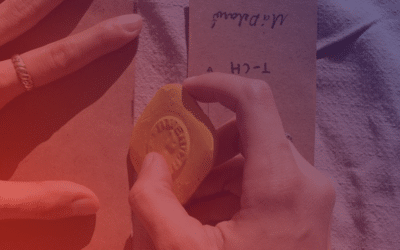A few years ago, one of SpaceX’s earliest employees, Hans Koenigsmann, told me that one of the company’s goals was to take the «magic» out of rocket launches. It’s just physics, he explained.
As its Falcon 9 rocket has become more reliable and flown more frequently—18 launches so far this year and counting—it seems that SpaceX has succeeded in taking the magic out of launches. And while reliability should definitely be the goal, such regularity does distract from the spectacle of watching a rocket launch.
But there are still some special Falcon 9 missions, and that’s certainly the case with a launch expected to occur at 12:09 pm ET (16:09 UTC) on Thursday from Cape Canaveral Space Force Station in Florida. With the launch of a next-generation GPS III spacecraft, SpaceX will fly a national security mission for the first time on a reused booster.
Last year, the Space Force and SpaceX agreed to contract modifications allowing for the launch of this GPS III mission (Space Vehicle-05) and another one (SV-06) on reused Falcon 9 first-stage rockets. The Space Force agreed to allow the GPS III satellites to be launched into a different orbital perigee, enabling a drone ship recovery attempt. The first stage set to launch Thursday previously flew the GPS III SV-04 last November. In return for this accommodation, SpaceX agreed to some additional spacecraft requirements for future missions and saved the US government $52 million.
This represents an important signal from the military that it is ready to embrace reused rockets for its most important missions. And the move is something of a final frontier for SpaceX as it seeks to push forward the reuse of Falcon 9 first stages. NASA has already launched its highest-value missions, with astronauts, on a reused first stage with the Crew-2 flight in April.
Thursday’s GPS mission is a high priority for the Space Force, too, as it seeks to modernize its navigation constellation. This new generation of global positioning satellites, built by Lockheed Martin, has three times greater accuracy and an anti-jamming capability that is eight times higher than earlier versions. The next five GPS satellites, vehicles 06 to 10, are in various states of readiness for launch. And Lockheed Martin has been contracted to build up to 22 additional vehicles.
Weather for Thursday’s 15-minute launch window looks reasonable, with only a 30 percent chance of unfavorable conditions. Upper-level winds may be a concern, however. The SpaceX webcast embedded below should begin about 15 minutes before the launch window opens.



